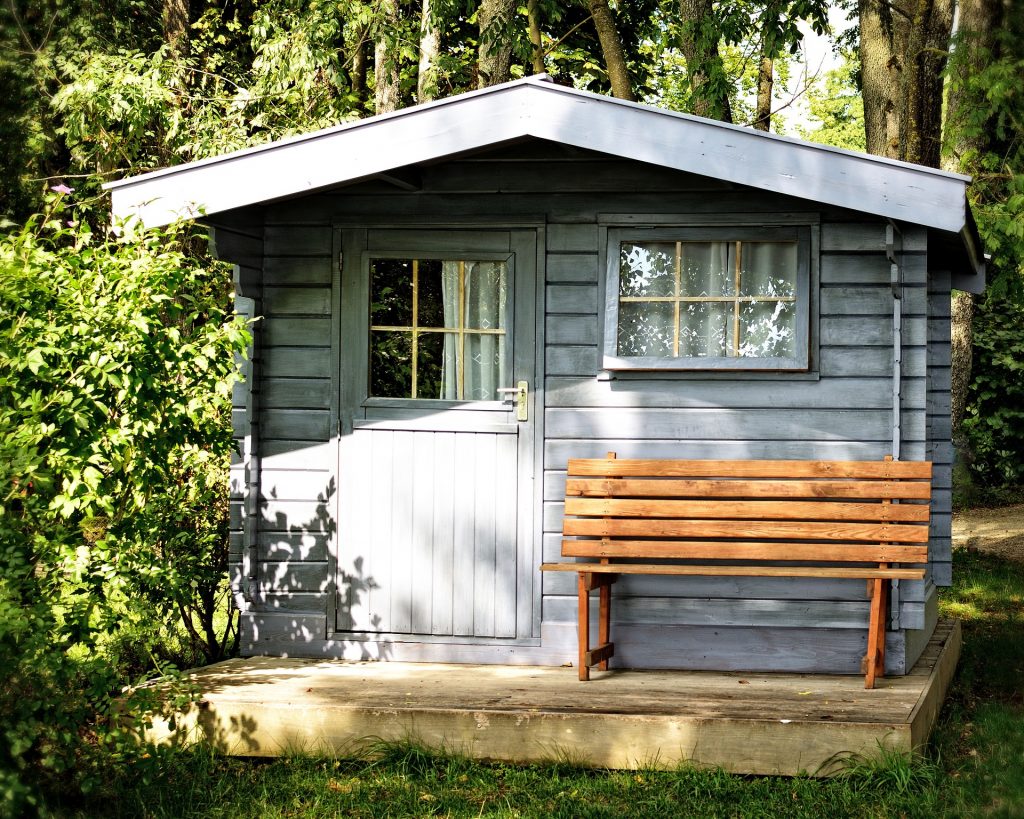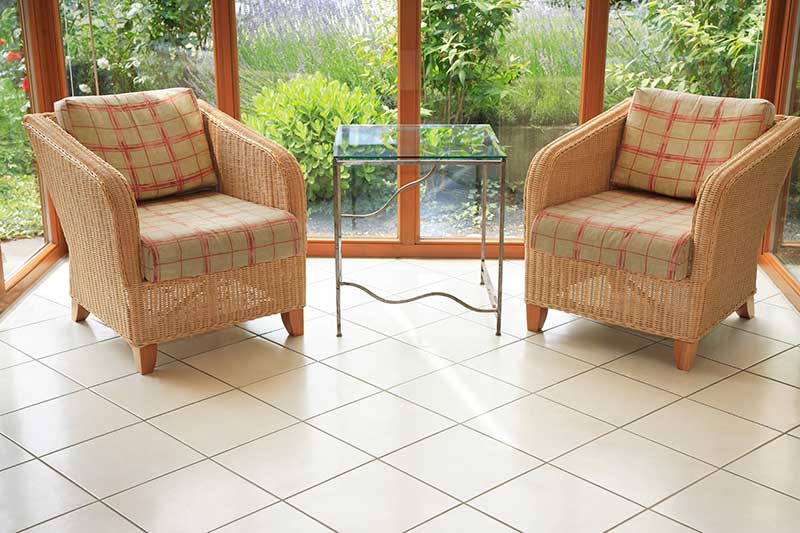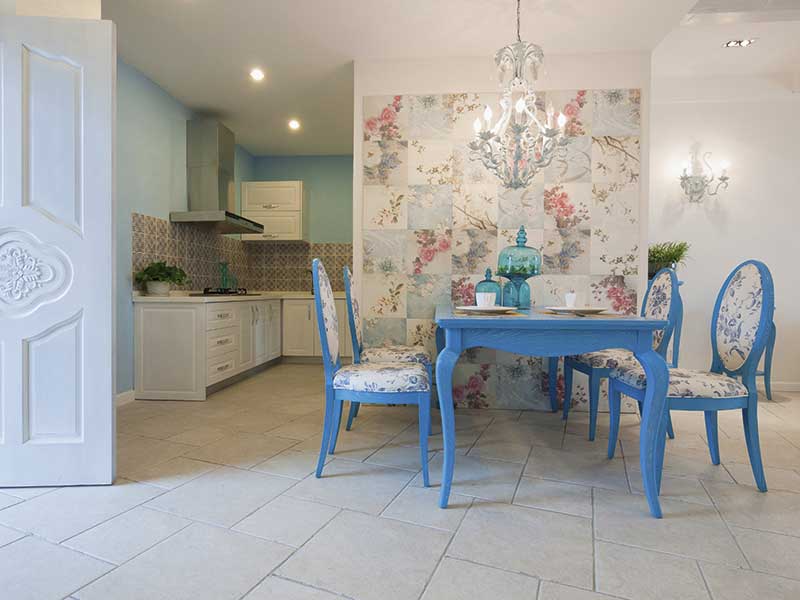Sheds can be the perfect storage solution for many homeowners but they also make a great office or temporary work area. Whether you spend hours in the shed or just occasionally use it, you will need to provide heat during those periods of cold in the winter.
Since they are usually built without sufficient insulation, heating a shed in the winter will require some modifications to produce a comfortable environment without overheating the space. This article will review 5 different solutions for heating your shed.
Common Shed Heating Challenges
Whether your shed is large or small, there are concerns common to all outbuildings when it comes to providing heat.
Lack of Insulation and Rapid Heat Loss
Most sheds are initially constructed as storage units and are not insulated properly. If they have any insulation, it will usually be in the walls and not in the ceiling. Almost half of all heat loss occurs through the ceiling, so this will need to be corrected. If the building is completely uninsulated, any heat gained will be lost in a few hours.
Limited Space for Equipment
Your options will be limited based on the amount of space that can be dedicated to a heating source. There are many small heaters on the market, but most have potential problems that make them less than desirable as a long-term option.

Safety and Proximity Concerns
Many smaller heating units have had safety issues in the past and may present a fire hazard in a small space. The most common concern is a heater falling over and starting a fire if the safety switch does not activate. In addition, heat sources that use hot coils are especially dangerous if placed too close to walls or furniture.
Thermostatic Compatibility
A concern with most small heating units is the lack of a thermostat, or if they have one, their lack of temperature sensitivity. This can result in wasted energy, an overheated shed or worse, a serious safety concern. Portable heating units cannot be controlled by a separate thermostat, so adding one is usually not an option. The ideal heating solution will be able to utilize a sensing thermostat as part of its normal operation.
Costs
As with any project, adding heat to your shed will need to fit in a budget. You can find a heat source for under $100, but you may not be happy with the long- term results.
Different Options for Heating a Shed
Transparent Roofing for Solar Heating
There are many transparent roof panels available that provide free light and heat in the daytime. They are available in single strength and double walled. The double wall panels give you a similar benefit to that of insulated glass. There is air space between the top and bottom of the panel that provides an R value of insulation which helps to reduce heat loss.
In order for transparent panels to be most effective, your shed roof needs to receive a lot of sunlight. This can be an issue in many parts of the country as the sun is closer to the horizon as it tracks in the winter and may not provide much solar gain. If you use this method, only install the panels where the sunlight will reach them.
In the best scenario, this method of heating is only available during the day and you will not be able to insulate the area of the ceiling covered by the panels. It will provide some heat, but much of it will be lost in the evening through the ceiling.
Space Heaters
There are a number of different heaters that are generally classified as portable electric heaters.
Electric radiators
These are easy to use, like most options: All you need to do is plug them in. They work by heating a special oil which fills all the cavities in the radiator, and it is circulated through natural convection. SInce there are no exposed heating coils, it is safer than other options. Another advantage is that the oil is slow to cool down, providing residual heat after it has been unplugged.
Unfortunately, the heat is localized so you may need more than one to heat your shed.
Fan heaters
These are probably the most popular portable heat source. They can use coil heat, ceramic heat or halogen coils. The coils heat up and a fan circulates the heat throughout the room. They are inexpensive to purchase but they are not energy efficient. A fan heater is normally used for short periods of time.
Fan heaters may be the first solution that comes to mind, but they also pose the greatest safety concern because of their exposed heating elements. They cannot be placed close to wood walls, curtains, or furniture without risk of fire.
Log or Pellet Burners
Log stoves and pellet stoves have gained popularity among those who want to add some rustic charm to their sheds. If you live in an area where wood is readily available, a log stove can provide a source of heat. Pellet stoves operate by burning manufactured pellets which can be purchased at many hardware stores and simply poured into a hopper on the top of the stove. Both of these options will work, but there are some drawbacks:
- They are large. Since space is at a premium in a shed, you may not want to sacrifice it for a log stove.
- They produce a lot of heat. This is great in a home or very large room, but they may produce too much heat in a small space, making their use limited.
- If you are using logs, you will need to have an area to store the wood and keep it dry. In the case of pellets, they are sold in 40 or 50 pound bags and must also have a dry storage area.
- Log stoves do not provide instant heat and they must be fed wood on a regular basis to keep them going.
- Log and pellet stoves must be vented properly to ensure there is no buildup of carbon monoxide. This will involve cutting a hole in the roof or wall to vent properly.
Radiant Floor Heating
Radiant floor heating is an excellent long-term investment for heating your shed or other outbuilding. Radiant heat operates by providing heat for the people and furniture in the room, and not the air. It is more efficient and provides balanced heat throughout the entire room.
Another great benefit is that it uses very little space in the building as it is all under the finished floor. Unlike hot water radiant floor heat, the electric version only adds about ½” to your finished floor height.
Roof De-Icing Installations
A great compliment to the radiant floor heating, a de-icing system can keep your gutters and eaves from forming ice dams that can damage your roofing and pose a threat to personal safety as well.
Where Should You Improve Shed Insulation?
Windows
Most outbuildings only have a few windows, so this is an easy upgrade. Install energy efficient vinyl windows and apply foam insulation around the window frames. This can double the R value of the previously installed single pane aluminum windows with no insulation.
Walls
If your building has 2×4 walls, you can install R-11, R-13 or R-15 insulation which can be purchased locally and installed as a DIY project.
Door
A solid wood exterior door has an R value of 4. An insulated steel or fiberglass door without glass has an R value of 5 or 6. The best value is a steel door.
Subfloor
The subfloor (if it can be reached) can be insulated up to an R-30 depending on the depth of the floor joists. Additional insulation can be added on top of the plywood as part of the radiant floor heating system.
Roof
If there is no ceiling in your shed you can insulate the rafters up to an R-19 depending on their depth. If there is a ceiling, you can reach R-30 or greater through batts and blow-in insulation.
The Best Way to Heat a Shed
Electric radiant floor heat is the best option for a shed. The upfront costs are higher, however, the long-term benefits make this an investment that will add resale value to your property. The system works by quickly heating the floor which warms the people and objects in the room instead of the air. There are no fans blowing dust and allergens through the room, and the system is controlled with a Smart thermostat that remembers how your heat is used. Once the room reaches the desired temperature, the system turns off and on to maintain the comfort level, using only half the energy required during heat up.
Warmup has been producing state-of-the-art radiant floor systems for over 25 years and can customize a system for your specific project.
Contact us today for a quote and see how easy it can be to provide efficient, even heating for your shed.











